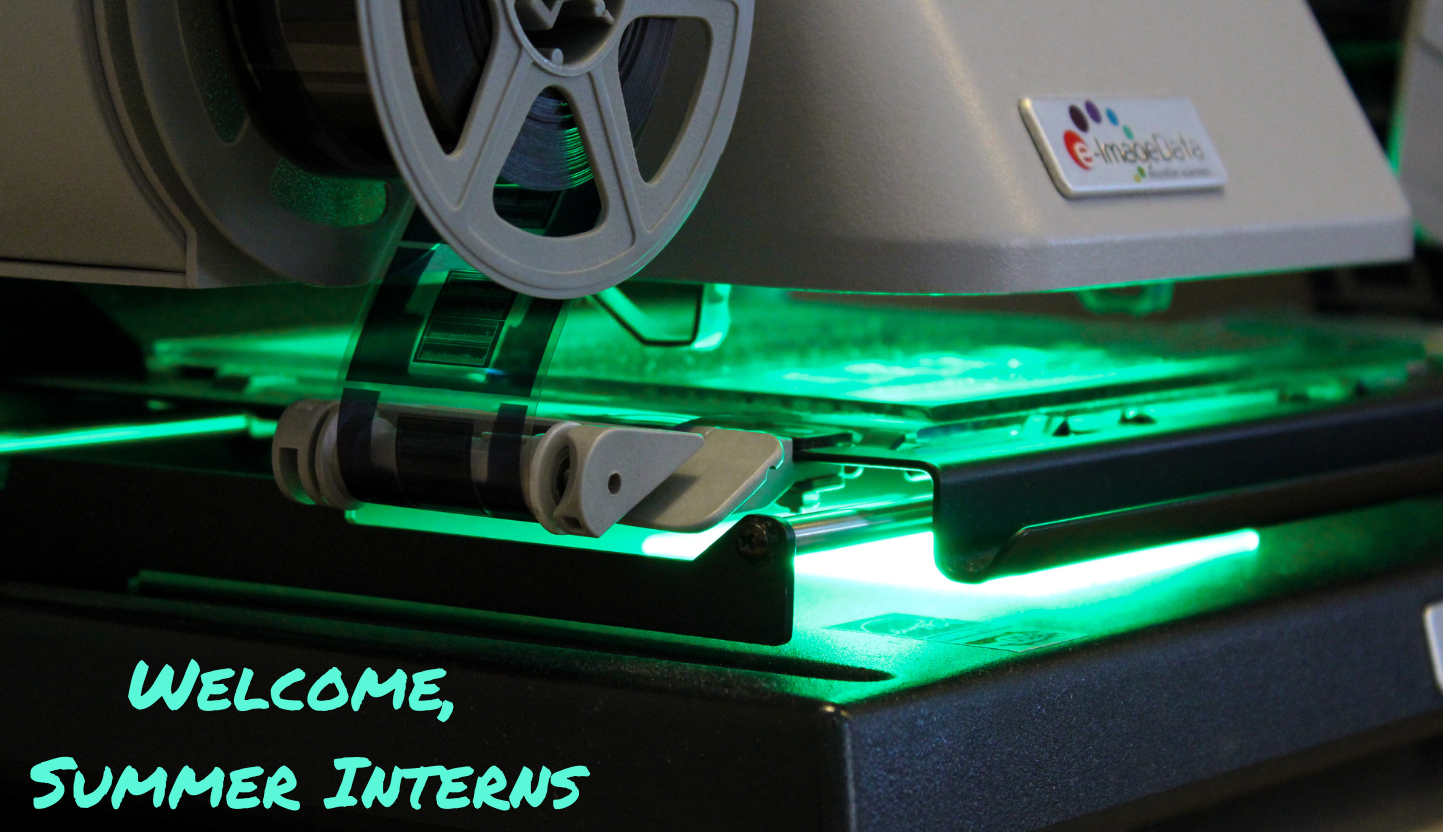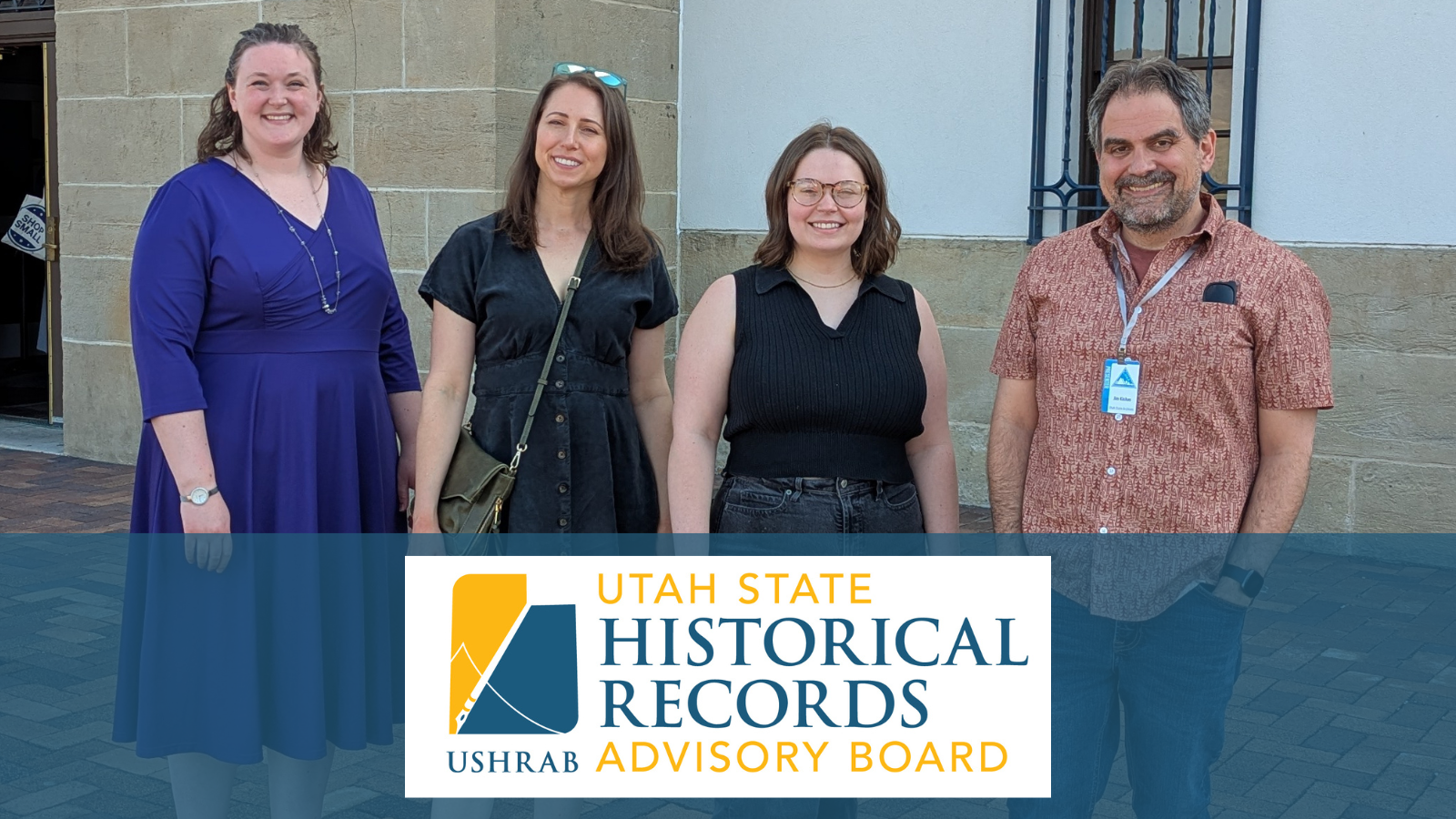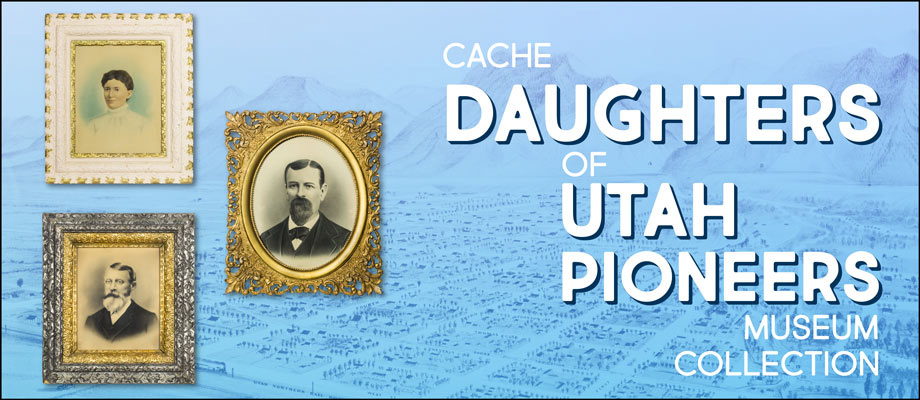
Digitizing a Cache of Pioneer Portraits in the Daughters of Utah Pioneers’ Cache Pioneer Museum
Each year, the Utah State Historical Records Advisory Board (USHRAB) awards grants to organizations throughout the state to assist with the preservation and public access of our state’s history. These grants are made possible by funding from the National Historical Records and Publications Commission at the National Archives. As we get ready for the USHRAB’s 2023 funding season, we’re going to spend the next couple weeks taking a look at some past and current projects and the work the Board does to make Utah history more accessible.
The Cache Daughters of Utah Pioneer (DUP) Museum has over 2,000 histories, photographs, and crayon portraits (created by enlarging a photograph and then using crayon to enhance the features) that document the lives of the pioneers who settled Cache Valley. These items have been submitted to the museum over a period of 90 years by the descendants of the pioneers. Six years ago, the Cache DUP developed a phased project plan to digitize these records. So far, over 1,800 files have been digitized and are accessible to the public. The museum has hundreds of items in their collection that had yet to be digitized, and requested USHRAB funding to help complete the project and have the digitized items added to the rest of the collection at Utah State University.
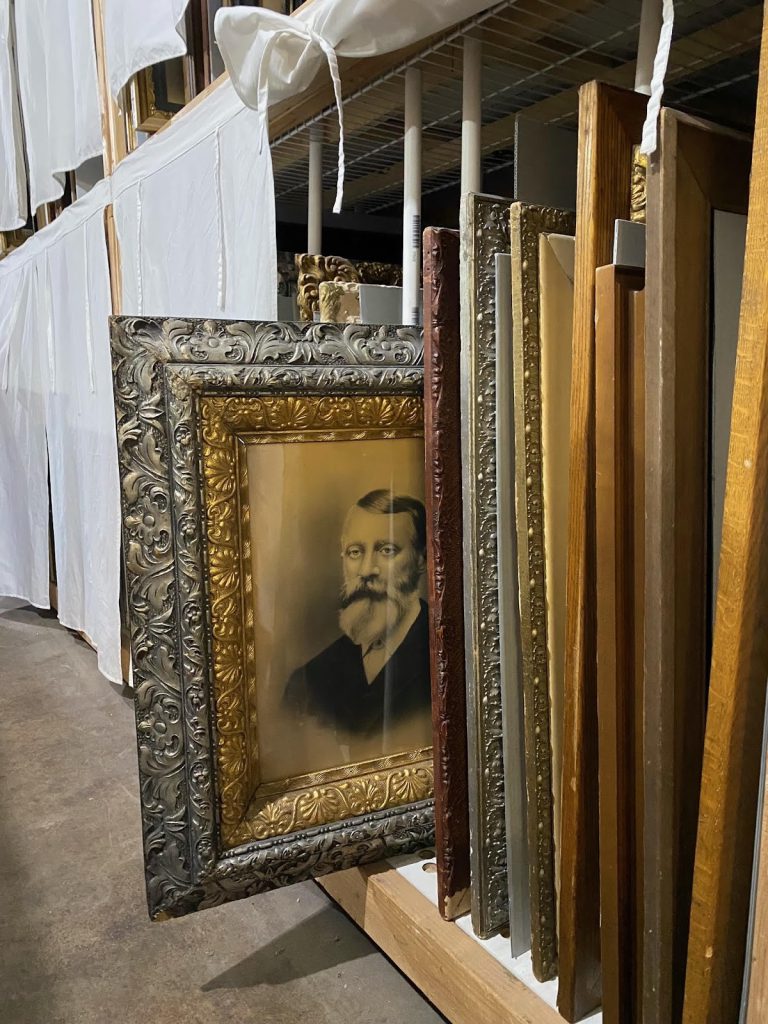
The records in the DUP collection are fragile and vulnerable to damage from handling or frequent movement. Most of the portraits are in heavy carved and gilded frames. The framing is unstable and the materials used to create the portraits are vulnerable to damage. These documents are too large to be scanned and the glass in the frames cause glare or reflections when photographed. The only way to share these images is to have them digitized then put the original in storage. The histories in the DUP collection should also not be handled in creating copies for users or research. Some of them are typed or written on delicate paper that is easily torn, others have fine print that is not legible. These items need to be kept in protective storage. The volume of the histories is so great that searching for digital terms is the practical way to utilize the information in them. It is impractical to index the information in them for research using traditional paper methods. The goal is that once the collection is digitized, the physical copies will be stored in archival quality housing and stored. The museum will rely on digital copies to fulfill its needs.
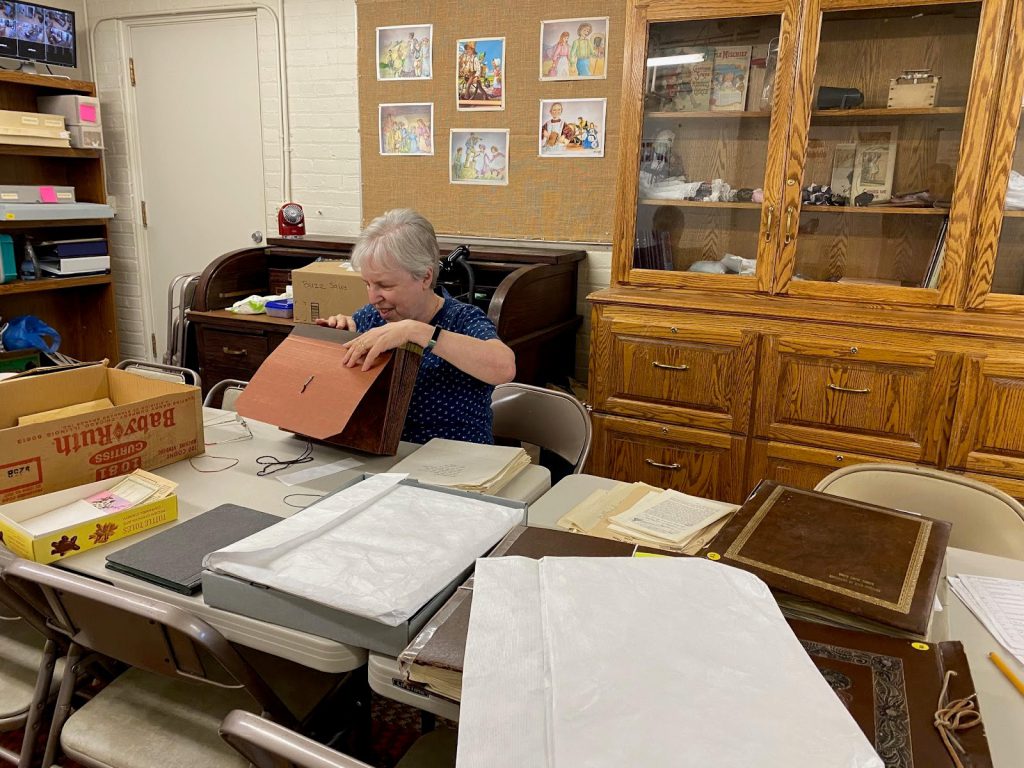
The museum receives requests for high resolution copies of the photos and histories in their collection from genealogists, scholars, and individuals researching their family histories. In addition to the ease of fulfilling these requests with digital images, the digitization process uses OCR (optical character recognition) to convert images of text into machine-readable text formats. This allows the records to be searched with keywords and will be saved along with metadata to ensure that these digital files are readily searchable to patrons.

The Cache DUP Museum hosts a digital slideshow of the portraits in its collection available for the public to view in the museum, and publishes finding aids in the form of spreadsheets that contain the names of pioneers whose records are held in the Cache DUP collection. If you have relatives who made the trek across the United States and settled in Cache Valley, the Cache DUP Museum may have records of your relatives in their collection.
If your organization has a project that just needs an extra push to get it over the finish line, consider applying for a USHRAB grant. We will fund a phase of a multi-phased project that preserves records and makes them accessible to the public.
The USHRAB’s grant program is funded by a State Board Programming Grant from the National Historical Publications and Records Commission at the National Archives. The USHRAB assists public and private non-profits, as well as non-Federal government entities throughout the State of Utah in the preservation and use of historical records.
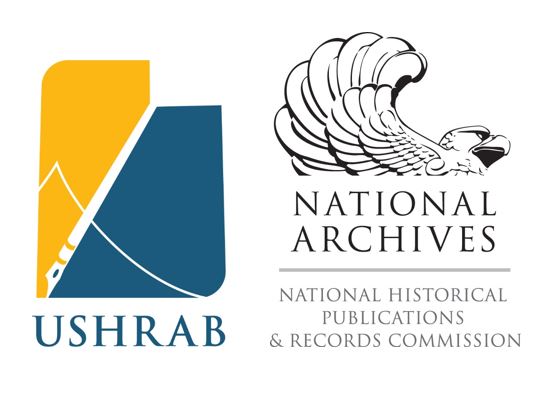
Recent Posts
Authors
Categories
- Certification/
- Digital Archives/
- Electronic Records/
- FAQ/
- Finding Aids/
- General Retention Schedules/
- GRAMA/
- GRAMA FAQs/
- Guidelines/
- History/
- Legislative Updates/
- News and Events/
- Open Government/
- Records Access/
- Records Management/
- Records Officer Hub/
- Records Officer Spotlights/
- Research/
- Research Guides/
- RIM FAQs/
- Roles and Responsibilities/
- State Records Committee/
- Training/
- Uncategorized/
- Utah State Historical Records Advisory Board/

